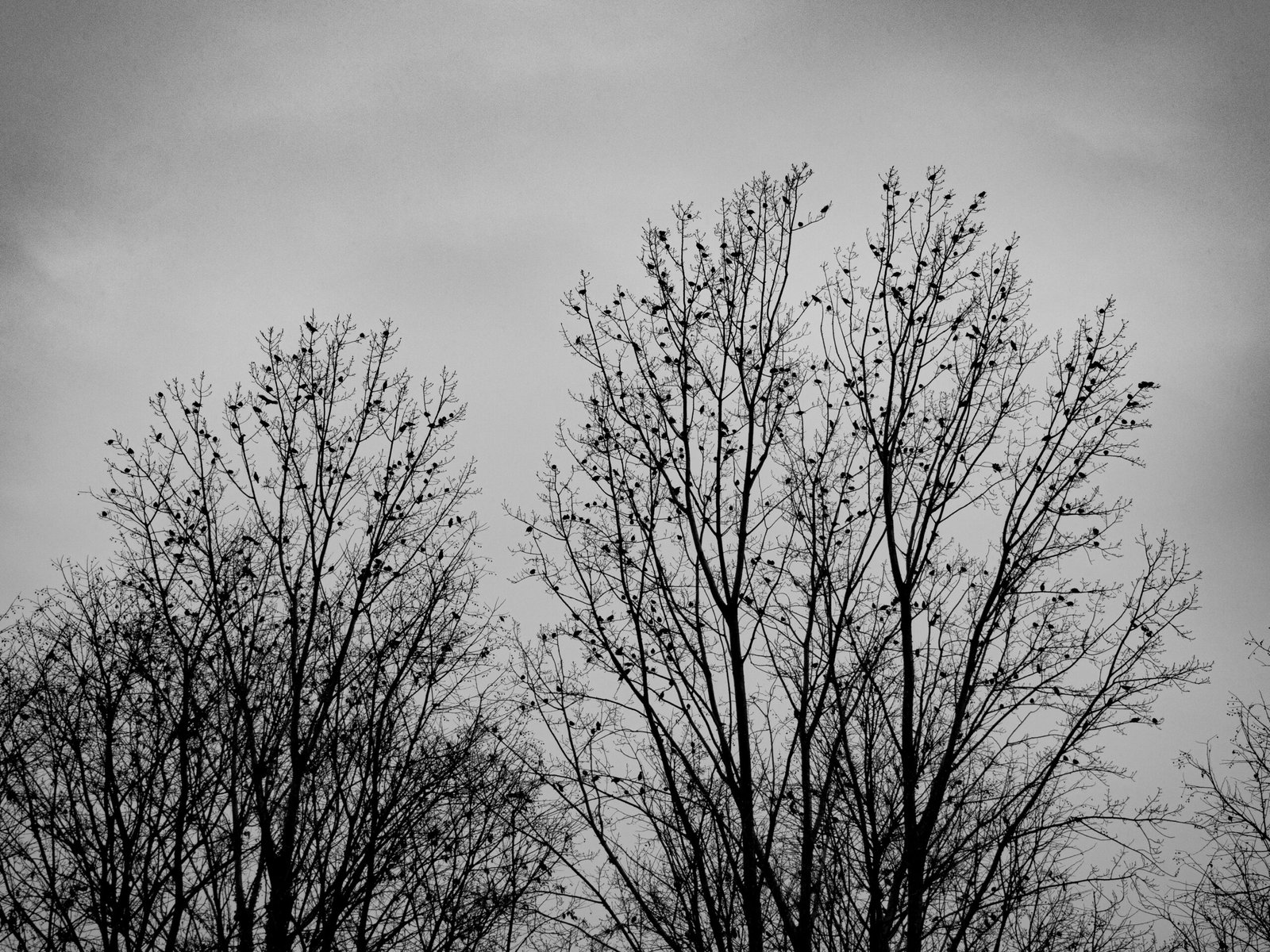Introduction to the Bermuda Triangle
The Bermuda Triangle, often referred to as the Devil’s Triangle, is a loosely defined region in the North Atlantic Ocean, bounded by Miami, Bermuda, and Puerto Rico. Over the years, this enigmatic area has gained notoriety due to a series of mysterious disappearances of ships and aircraft. These incidents have inspired countless theories, speculations, and looks into maritime lore, leading to a fascination that transcends generations.
Geographically, the Bermuda Triangle encompasses approximately 500,000 square miles of ocean, characterized by its warm currents, strong winds, and unpredictable weather patterns. These natural elements have contributed to the area’s notoriety, as they can dramatically affect navigational conditions. The Triangle is not an officially recognized geographical location; rather, it has become a cultural touchstone laden with superstition and intrigue, capturing the imaginations of numerous writers, filmmakers, and conspiracy theorists alike.
From novels and documentaries to blockbuster films, the Bermuda Triangle has served as a backdrop for many popular culture references, often dramatizing its haunting allure. Mysterious tales of ships vanishing without a trace and aircraft disappearing into thin air have become part of the collective folklore, leading to extensive scrutiny over the years. Despite advances in navigational technology and meteorological understanding, incidents in this area continue to provoke debate and speculation.
The mystique surrounding the Bermuda Triangle raises questions about natural versus supernatural explanations and the validity of the myths that have emerged. As we delve deeper into the theories that seek to explain this phenomenon, understanding its geographic and cultural background becomes essential. This complex interplay of fact and fiction offers a compelling case study for those interested in exploring how human curiosity often intertwines with the unknown.
Historical Incidents in the Bermuda Triangle
The Bermuda Triangle, an area in the western part of the North Atlantic Ocean, has garnered international attention due to a series of unexplained incidents that have occurred within its boundaries. One of the most notorious incidents is the disappearance of Flight 19, a squadron of five TBM Avenger torpedo bombers, on December 5, 1945. Piloted by Lt. Charles Taylor, the flight was on a routine training mission when it went missing over the Bermuda Triangle. Despite extensive search efforts involving several military aircraft, no wreckage was found, and the circumstances surrounding its disappearance remain shrouded in mystery.
Another significant event is the disappearance of the USS Cyclops, a Navy cargo ship with a crew of over 300, which vanished without a trace in March 1918. While the ship was making its way from Barbados to Baltimore, it encountered turbulent weather conditions. However, upon entering the Bermuda Triangle, communication ceased, and the Cyclops was never seen again. The naval investigations that followed concluded that the ship likely sank, but the absence of debris or lifeboat signals adds to the intrigue surrounding its vanishing.
Eyewitness accounts often enhance the mystique of these incidents. Survivors of other related events describe strange weather phenomena, including sudden storms and unusual waves, contributing to the notion that the Bermuda Triangle is a treacherous zone. In addition to these incidents, there have been numerous other reports of vessels and aircraft disappearing, fueling public fascination and superstition. Over the decades, each incident has added to the controversial reputation of the Bermuda Triangle, prompting theories ranging from natural disasters to paranormal activity. These strange occurrences continue to captivate the imaginations of both researchers and enthusiasts alike.
Scientific Explanations of the Bermuda Triangle Phenomena
The Bermuda Triangle, an area roughly defined by Miami, Bermuda, and Puerto Rico, has been a subject of intrigue and speculation due to numerous reports of unexplained disappearances of ships and aircraft. While many theories circulate regarding supernatural phenomena, scientific inquiry provides several rational explanations that address the incidents in the region. By scrutinizing natural factors, we can distinguish between myths and the facts underlying this enigmatic zone.
One prominent scientific theory involves the release of methane hydrates from the ocean floor. These hydrates are solid forms of methane gas trapped under sediment. When disturbed, they can create bubbles that dramatically reduce the water’s density, potentially causing ships to sink rapidly without warning. This occurrence has been observed in various locations across the globe, suggesting a valid mechanism that could contribute to maritime disasters.
Another explanation pertains to rogue waves. These massive, unexpected waves can reach heights of over 100 feet and pose substantial threats to vessels at sea. The Bermuda Triangle’s unique geography and ocean currents may foster the formation of such waves, making navigation perilous. Additionally, magnetic anomalies in the region may disrupt navigational instruments, leading to miscalculations or lost bearings, which adds another layer of complexity to the navigation challenges faced by mariners.
Moreover, unpredictable weather patterns prevalent in the Bermuda Triangle can further exacerbate the risks. Sudden storms, high winds, and rapidly changing conditions may lead to dangerous situations for those traversing the area. These natural elements underline the importance of relying on scientific explanations rather than attributing incidents to supernatural causes. Overall, the combination of geological, oceanographic, and meteorological factors illustrates that the phenomena associated with the Bermuda Triangle can indeed be framed within the realm of science rather than mere superstition.
Popular Beliefs and Urban Legends Surrounding the Bermuda Triangle
The Bermuda Triangle, a region bounded by Miami, Bermuda, and Puerto Rico, has long captivated the public imagination, giving rise to numerous popular beliefs and urban legends. Among the most widespread myths is the notion of extraterrestrial activity. Many theories suggest that unidentified flying objects (UFOs) are responsible for the mysterious disappearances of ships and planes in this area. Proponents of this theory argue that beings from other worlds may be abducting vessels, contributing to the enigma of the Triangle. While there is no scientific evidence to support these claims, the allure of the unknown fuels fascination and fear.
Another common belief is related to time warps or portals. Some urban legends suggest that the Bermuda Triangle serves as a gateway to another dimension, enabling vessels to traverse time and space. Supporters of this idea point to anecdotal accounts of ships disappearing, only to reappear hundreds of miles away or even at different times. This narrative draws on human fascination with time as a fluid concept and appeals to our desire to explore the limits of reality, despite lacking empirical backing.
The legend of lost civilizations, particularly the fabled Atlantis, also features prominently in discussions surrounding the Bermuda Triangle. Many enthusiasts suggest that advanced technologies or energies from this ancient society may be influencing modern anomalies. The connection to Atlantis offers a blend of history and mysticism, solidifying myths about the Triangle as part of a cultural narrative that encompasses not only fear but also adventure and discovery.
Though these myths and legends contribute significantly to our ongoing interest in the Bermuda Triangle, they often overshadow empirical data. Investigations conducted by scientists and researchers frequently reveal that weather patterns, human error, and navigational challenges can explain most disappearances. Nevertheless, the allure of the unknown persists, ensuring that the Bermuda Triangle remains a focal point for intrigue and speculation.
Introduction to Common Superstitions
Superstitions represent a fascinating aspect of human culture, intertwining beliefs and practices that often lack empirical support yet endure across generations. Defined as irrational beliefs that specific actions or occurrences can influence unrelated events, superstitions exist in various forms throughout different societies. Their prevalence can be attributed to psychological factors, including the human inclination to seek patterns in random events and the inherent desire for control over uncertain outcomes. In times of unpredictability, followers of superstitions may find a semblance of comfort in belief systems that offer explanatory power over their experiences.
Cultural contexts heavily influence the formulation and perpetuation of superstitions. Traditional narratives and societal norms play crucial roles in defining what is considered lucky or unlucky across regions. For instance, the number thirteen often carries ominous connotations in Western cultures, prompting the frequent avoidance of thirteenth floors in buildings and the cancellation of events scheduled on Friday the 13th. Conversely, in some Asian cultures, the number eight is viewed as particularly auspicious due to its phonetic similarity to the word for ‘prosperity’ or ‘wealth.’ These variances underscore the intricate interplay between culture, belief, and behavior in shaping superstitious practices.
Despite lacking a scientific basis, many superstitions endure due to social reinforcement. Individuals within communities may adopt these beliefs as part of their identity, experiencing pressure to conform to group practices. Additionally, personal anecdotes and shared experiences can fortify these beliefs, even when logical reasoning suggests otherwise. As we delve into the exploration of superstitions in the context of the Bermuda Triangle and other phenomena, it becomes apparent that these beliefs can serve as mirrors reflecting our deepest fears, desires, and historical narratives. Their resilience across time offers a compelling lens through which to examine human psychology and culture.
Historical Origins of Popular Superstitions
Superstitions have sprinkled human history with layers of cultural reflections, often stemming from the anxieties and beliefs of different societies. Among the most well-known superstitions is the idea that Friday the 13th is an unlucky day. This belief can be traced back to multiple sources, including Christian traditions where both Friday and the number 13 are considered ominous. Some accounts suggest that the Last Supper, attended by 13 individuals, occurred on a Friday, with the subsequent crucifixion taking place the following day. This fusion of date and number has since been etched into modern culture as a day associated with misfortune.
Another prevalent superstition involves breaking a mirror, which is thought to bring seven years of bad luck. This belief is rooted in ancient civilizations, particularly the Romans, who held mirrors in high esteem as mystical objects. Breaking a mirror was thought to shatter not only the reflection but also a piece of one’s soul. The symbolism surrounding mirrors extended further, with many cultures associating them with self-awareness and identity. Thus, the act of damaging a mirror was seen as a dangerous omen, invoking fears about one’s fate and future.
Additionally, the fear of black cats crossing one’s path further illustrates the intersection of superstition and cultural narratives. Originating from medieval Europe, these beliefs often stemmed from widespread superstition surrounding witchcraft practices. Black cats were seen as companions of witches, leading to the misconception that they brought misfortune. Yet, in other cultures, black cats are considered symbols of good luck and prosperity, highlighting the contextual nature of superstitions across global landscapes.
As these examples illustrate, the historical origins of superstitions frequently reveal deeper insights into societal fears, beliefs, and cultural values, shaping how people perceive the world around them.
The Psychological Factors Behind Superstitions
Superstitions are deeply embedded in human culture and often arise from various psychological factors. One prominent reason for the adherence to superstitions is the presence of cognitive biases, such as the confirmation bias, where individuals favor information that confirms their pre-existing beliefs. For example, a person may recall an instance where carrying a good luck charm coincided with a positive outcome, reinforcing their belief. This selective memory can perpetuate the cycle of superstition, as the brain naturally seeks patterns and connections, even where none may exist.
Additionally, superstitions often serve as coping mechanisms that provide a sense of control in uncertain situations. When faced with unpredictability, such as natural disasters or risky endeavors like sailing in the Bermuda Triangle, individuals may turn to superstitions to mitigate anxiety. By adhering to certain rituals or behaviors, individuals feel a semblance of agency, empowering them to navigate uncertain outcomes. Thus, the belief in superstitions can significantly reduce psychological distress, allowing people to face fears with a greater sense of security.
Moreover, the influence of societal norms and cultural practices cannot be overlooked in the discussion of superstitions. Communities often share certain beliefs, which can further validate an individual’s actions and reinforce the perceived effectiveness of superstitions. This social reinforcement creates a supportive environment for the continuation of superstitious practices, as individuals seek social acceptance and validation from their peers. The power of suggestion, particularly in tightly knit communities, can lead to a widespread appetite for superstitious behavior, further entrenching these beliefs in daily life.
In conclusion, the psychological underpinnings of superstitions reveal a complex interplay of cognitive biases, the human need for control, and societal influences. Understanding these factors is essential for unraveling the mysteries that surround superstitious beliefs, including those related to enigmatic phenomena such as the Bermuda Triangle.
Modern-Day Influence of Superstitions
In contemporary society, superstitions continue to exert a considerable influence on various aspects of daily life, often guiding behaviors and decision-making processes. Despite the advancements in science and rationality, many individuals find comfort in adhering to certain beliefs, which are frequently passed down through generations. These superstitions may take various forms, ranging from avoidance of walking under ladders to the belief that breaking a mirror invites misfortune.
One prominent area where superstitions manifest is in the realm of sports. Athletes often engage in specific rituals, such as wearing “lucky” socks or engaging in particular warm-up routines, driven by the belief that these actions can impact their performance. These practices stem from the desire for a psychological edge, demonstrating how deeply ingrained superstitions are within competitive environments. The insistence on such rituals reflects an enduring reliance on the unseen forces of luck and fate. Additionally, teams may adopt collective superstitions that foster camaraderie and a shared identity among players and fans alike.
Beyond sports, personal rituals may play a significant role in individuals’ lives. Many people engage in behaviors such as carrying talismans, avoiding specific numbers, or making wishes when crossing paths with certain objects. These actions often serve as manifestations of deeper psychological needs—providing a sense of control or reducing anxiety in uncertain circumstances. Furthermore, cultural practices influenced by superstition can be observed in celebrations and rituals, often woven into significant life events such as weddings, births, and funerals.
Despite the rise of scientific understanding and critical thinking, superstitions persist, highlighting their enduring relevance. They reflect innate human tendencies to seek patterns and ascribe meaning to experiences, thus demonstrating that even in an age seemingly dominated by rationality, superstitions still resonate profoundly within various facets of modern life.
Connecting the Dots: The Intersection of the Bermuda Triangle and Superstitions
The Bermuda Triangle, an enigmatic expanse of the Atlantic Ocean, has long captivated the imagination of both scholars and the general public alike. This geographic area, notorious for the disappearance of numerous ships and aircraft, has been woven into the fabric of superstitions and folklore over the years. Similarly, superstitions serve as a means for humans to grapple with the uncertainties and fears that arise in daily life. The convergence of these two phenomena offers fascinating insights into how cultures interpret and navigate the unknown.
The narratives surrounding the Bermuda Triangle often lean into the supernatural. Stories of ghost ships, extraterrestrial involvement, and even lost civilizations have emerged, capturing the collective curiosity of society. These tales echo various superstitions that humans have cultivated over time, reflecting a fundamental need to explain inexplicable events. Such storytelling often gives rise to cultural attitudes that elevate skepticism and wonder, nurturing an environment ripe for further speculation. This intermingling of facts and folklore is not unique to the Bermuda Triangle but is consistent throughout history and across different cultures.



